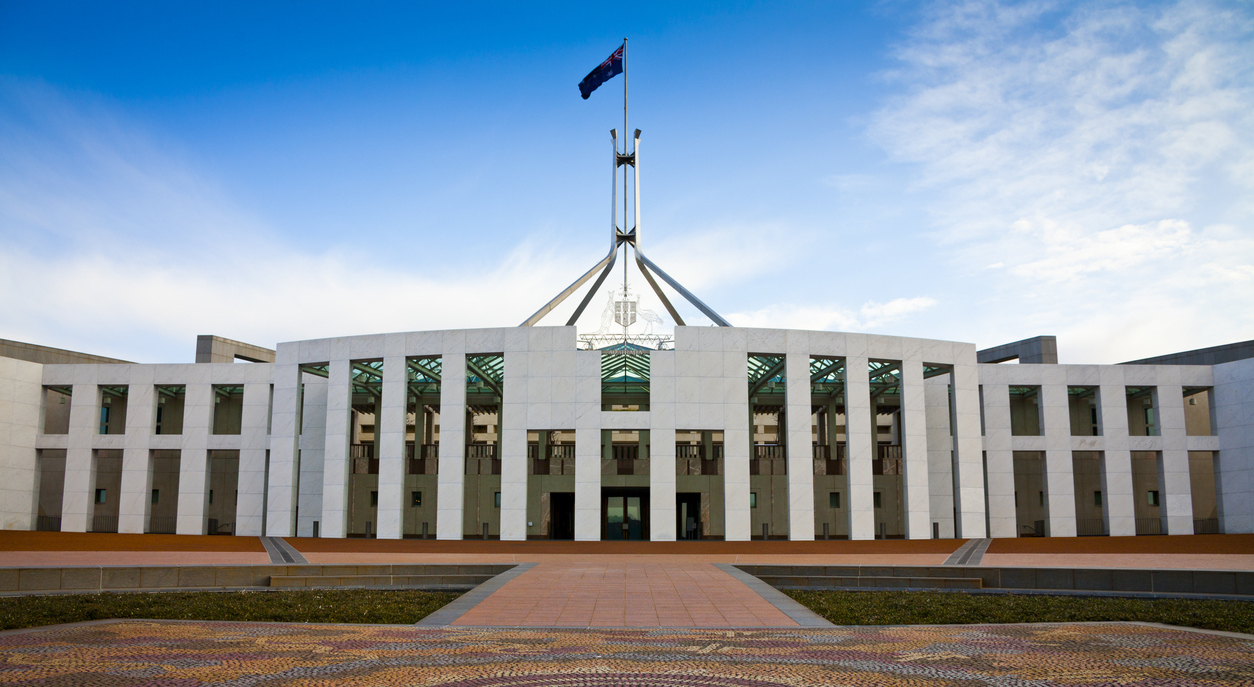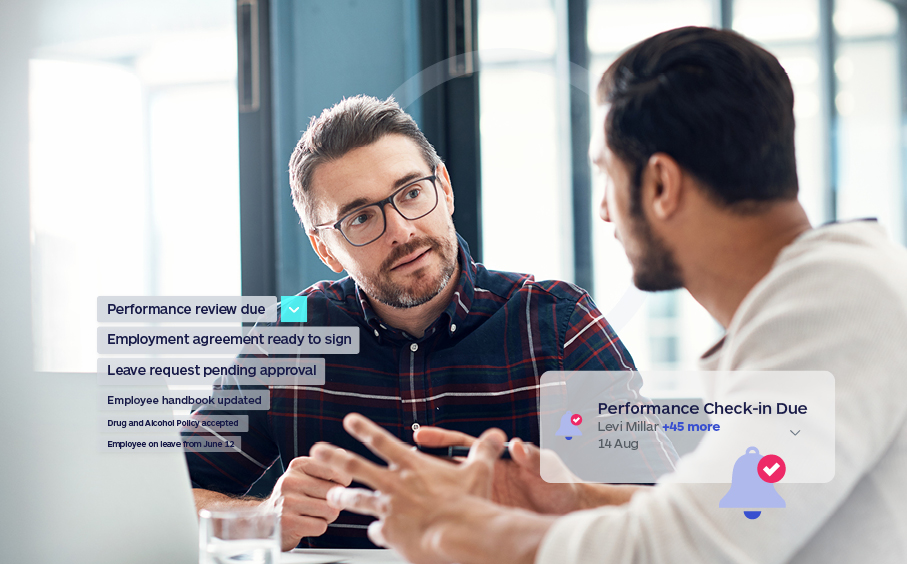.jpg?width=1247&height=672&name=iStock-1094995512%20(1).jpg)
Australian workers will be entitled to 6 months of paid parental leave under changes announced by the federal government.
Primary caregivers are currently eligible for 18 weeks of paid parental leave and secondary carers are entitled to 2 weeks, both paid at the national minimum wage.
Employers won’t have to do anything immediately as the parental leave changes will be phased in, starting from 1 July 2023 with 2 additional weeks of leave and increasing by 2 weeks a year until July 2026, when 26 weeks of paid leave will be available.
Both Parental Leave Pay and Dad and Partner Pay will be combined into a single payment and parents will be able to take weeks of Parental Leave Pay at the same time. Other changes include:
- Gender-neutral claiming to allow either parent to claim.
- A family income limit of $350,000 adjusted taxable income (in addition to the existing individual income limit of $156,647).
There will be increased flexibility in taking the leave, with single parents eligible to take the full 6 months while two-parent households will be able to decide how they share the leave. Paid parental leave will be able to be taken in blocks as small as one day at a time between periods of paid work (this must be within 2 years from the date of birth or adoption), and there will be “use it or lose it” portion for each parent, to enable more partners to access paid leave.
The Women’s Economic Equality Taskforce will provide an optimal model for splitting the 26 weeks and what mix of flexible weeks and “use it or lose it” component for each parent will work best for families.
The Albanese government said the increase in paid parental leave was one of the most frequent proposals raised by participants of the recent Jobs and Skills Summit and would provide more support and opportunity for women and families, boosting participation and productivity across the economy.
Current paid parental leave entitlements
Under the current Parental Leave Pay Scheme, primary carers of a newborn baby (or newly adopted child under 16) are eligible for up to 18 weeks of leave, paid at the national minimum wage.
The government usually makes the payments to the employer, who then pays the worker, but employees can elect to receive the payment directly from the government.
Eligible employees can take paid parental leave for 1 set period and 1 flexible period:
- The first period is a set period of 12 weeks and has to be used in 1 continuous period within 12 months of the child/children’s birth or adoption.
- The second period allows a worker to use up to 30 days of flexible paid leave within 24 months of the child/children’s birth or adoption. The timing and make-up of the flexible periods should be agreed to by the employer and the employee (whether it is reduced hours or days of work, a different pattern of work, or taking additional unpaid leave), and usually starts after the first period of paid parental leave ends.
Secondary caregivers (fathers and partners) are eligible for 2 weeks' leave paid in one block directly to the employee by the government at the national minimum wage.
Employers can provide paid parental leave in awards, agreements, employment contracts or workplace policies, but employer-funded leave doesn't affect an employee's eligibility for the government's Parental Leave Pay Scheme. Employees can get both.
There’s an income test that applies. In order to access paid parental leave, an employee must have an annual income of less than $156,647.
Self-employed people are also entitled to paid parental leave, so long as they meet the work test.
Unpaid parental leave
Employees who give birth (or adopt a child under 16), or whose spouse or de facto gives birth are entitled to up to 12 months of unpaid parental leave and can request an additional 12 months of leave.
Employees are eligible for unpaid parental leave once they have worked for an employer for 12 months before the baby is born (or before the date of the adoption) and are responsible for the care of the child.
Casual employees are eligible once they have been working for the employer on a regular basis for 12 months and have a reasonable expectation of this regular work continuing.
Read our article on the Paid Parental Leave registration and payment process.




